What are Viking runes
Viking runes are an ancient writing system used by the Norse people during the Viking Age and beyond. Runes are characters representing sounds or letters, and the runic alphabets were used primarily for writing inscriptions on various objects, as well as for magical and divinatory purposes.
The most well-known runic alphabets used by the Vikings are the Elder Futhark and the Younger Futhark.
- Elder Futhark: The Elder Futhark is the oldest known runic alphabet and consists of 24 characters. It was in use from around the 2nd to the 8th century. Each rune represents a specific sound in the Germanic languages and had both practical and symbolic uses.

- Younger Futhark: The Younger Futhark is a simplified version of the Elder Futhark, consisting of 16 characters. It was used from the 9th to the 12th century. The Younger Futhark emerged due to linguistic changes and the need for a more straightforward writing system.

Although the original use of Viking runes waned with the rise of Christianity and the Latin alphabet, their allure endured through the ages. In modern times, there has been a remarkable revival of interest in runic studies, as runes find their way into contemporary art, Viking jewelry, and tattoo designs, captivating individuals with their timeless appeal.
VINTAGE VIKING RUNES STAINLESS STEEL RING
What do Viking runes look like and what do they mean
Viking runes have a distinct and angular appearance, making them easily recognizable and visually captivating. They were carved into various objects, such as runestones, weapons, tools, jewelry, and wooden staves. Each rune represents a specific sound or letter, but many also hold deeper symbolic meanings associated with the natural world, human qualities, and cosmic forces. Here are some examples of Norse runes and their meanings from the Elder Futhark, the oldest known runic alphabet used during the Viking Age:
- Fehu (ᚠ): Represents wealth and cattle. It symbolizes material possessions and prosperity.
- Uruz (ᚢ): Symbolizes strength and vitality. Uruz is associated with physical and mental power.
- Thurisaz (ᚦ): Signifies protection and thorn. Moreover, it represents defensive strength and the ability to ward off harm.
- Ansuz (ᚨ): Associated with the Aesir gods and represents communication, wisdom, and divine inspiration.
- Raidho (ᚱ): Symbolic of journeys and travel. It signifies physical or spiritual journeys and personal growth.
- Kenaz (ᚲ): Embodying the torch of knowledge and enlightenment. Moreover, Kenaz represents creativity and transformative energy.
- Gebo (ᚷ): Depicts partnership and gift. Gebo signifies the exchange of gifts, hospitality, and harmony.
- Wunjo (ᚹ): Signifies joy and harmony. It represents happiness, fulfillment, and contentment.
- Hagalaz (ᚺ): Represents hail and disruption. Hagalaz symbolizes change, challenges, and the need to adapt.
- Nauthiz (ᚾ): Symbolizes need and constraint. Moreover, Nauthiz represents hardships and the necessity for self-discipline.
- Isa (ᛁ): Symbolic of ice and stillness. Isa signifies a state of inaction and the need for patience.
- Jera (ᛃ): Represents the harvest and cycles. Jera symbolizes rewards for hard work and the natural cycles of life.
These are just a few examples of the Elder Futhark runes. The entire runic alphabet consists of 24 characters, each with its own unique shape and meaning. The Younger Futhark, a later version of the runic alphabet, has 16 characters and features more simplified and angular shapes.
The meanings of Viking runes reflect the worldview and beliefs of the Norse people, capturing both practical aspects of daily life and spiritual concepts related to the cosmos and human existence. Furthermore, their combination of linguistic and symbolic significance adds to the allure and fascination of Viking runes, making them a timeless and enduring aspect of Norse culture and heritage.
What are the practical uses of Viking runes
The practical use of Nordic runes during the Viking Age was diverse and had significant cultural, historical, and functional aspects. Here are some key practical uses of Viking runes:
1. Writing Inscriptions: Vikings primarily used Viking runes to inscribe writings on various objects, such as runestones—large stones they erected as memorials, landmarks, or historical markers. These inscriptions conveyed messages, commemorated events, and recorded the deeds of individuals or notable figures. Additionally, runes were also carved on smaller objects like wooden staves, Viking rings, tools, and weapons, often to signify ownership or add personal touches to belongings.
NORSE VIKING RUNES STAINLESS STEEL RING
2. Trade and Commerce: Vikings were skilled merchants and traders, and runic inscriptions were often used for commercial purposes. For example, they marked goods and containers with runes, indicating their content, origin, or ownership. These inscriptions facilitated trade, ensured the safe transport of goods, and acted as evidence of commercial agreements.
3. Rituals and Ceremonies: Ancient civilizations actively employed runic inscriptions in diverse religious and ceremonial contexts. For instance, they etched runes onto sacred objects used in rituals or as offerings to gods. Moreover, they seamlessly integrated these symbols into religious artifacts like amulets or talismans, invoking the favor of deities and ensuring protection for the wearer.
VIKING RUNES STAINLESS STEEL PENDANT
4. Personal Communication: Individuals could use runes for personal correspondence and messages between themselves. Although the Latin alphabet’s accessibility made the use of runes for personal letters less common, there are instances where people employed runes for intimate or secret messages.
5. Magical and Divinatory Practices:The Norse people actively attributed mystical and supernatural significance to runes. For example, they utilized these symbols for magical purposes, performing protective spells, charms, and incantations. Additionally, runes played a prominent role in divinatory practices, known as runic divination or rune casting. This involved the casting of runes and interpreting their positions to gain insights into future events or receive guidance.

6. Educational Tools: Runic alphabets were used as educational tools to teach reading and writing to younger generations. For instance, young Norse individuals would learn the runes and their meanings as part of their education, allowing them to communicate and understand the inscriptions around them.
7. Healing and Medicinal Purposes: In some instances, people believed that runes possessed healing properties. Generally, they would inscribe these symbols on objects or incorporate them into medicinal concoctions to aid in the recovery from illnesses or injuries.
The practical uses of Viking runes provided the Norse people with a versatile and meaningful writing system, deeply intertwined with their daily lives, beliefs, and cultural practices. While the primary use of runes declined over time with the spread of Christianity and the adoption of the Latin alphabet, the rich historical and mystical significance of Viking runes continues to intrigue and inspire people in modern times.
Daisy
Daisy Wang is a talented and passionate writer known for her captivating storytelling and love for literature. With a diverse background and a bachelor's degree in English Literature, Daisy brings a unique perspective to her work. Her areas of expertise span various subjects, including history, fashion, and lifestyle. Through her words, Daisy aims to inspire curiosity, foster meaningful connections, and leave a lasting impact on readers.
Recent Posts
Your Goth Christmas Style Guide
11/25/2025Cybergoth Aesthetic
11/11/2025How to Prepare for Halloween Night
10/28/2025Categories
Related Articles
A Guide to How to Train Your Dragon Species
Welcome, fellow dragon enthusiasts and aspiring Viking trainers! Have you ever wondered...
ByAlicia06/24/2025Grunge Aesthetic: A Style Revolution
The world of fashion is a cyclical beast, constantly re-inventing and re-interpreting...
ByAlicia06/03/2025What Is Health Goth
In 2024, “Health Goth” which is hot in 2010s gets back from...
ByAlicia05/27/2025Dragon Rings: From Mythology to Modern Symbolism
The dragon, a mythical creature revered across cultures, has long been a...
ByAlicia03/18/2025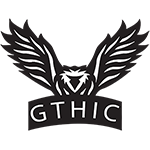





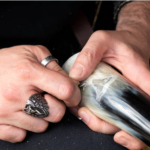

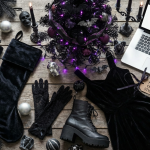





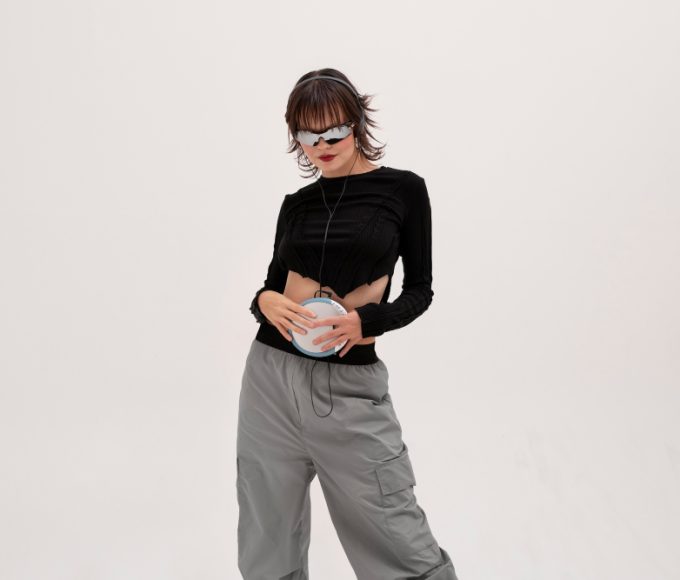
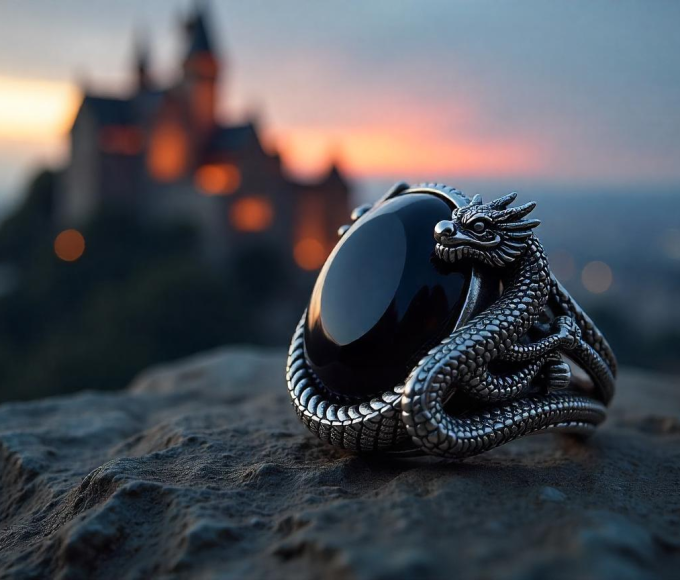
Leave a comment